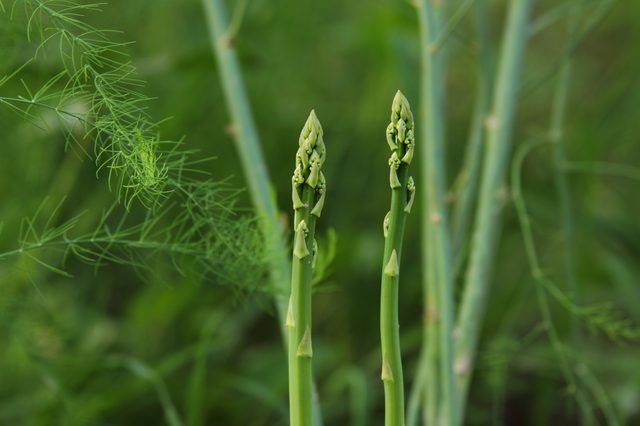Bulbs
Flower Basics
Flower Beds & Specialty Gardens
Flower Garden
Garden Furniture
Garden Gnomes
Garden Seeds
Garden Sheds
Garden Statues
Garden Tools & Supplies
Gardening Basics
Green & Organic
Groundcovers & Vines
Growing Annuals
Growing Basil
Growing Beans
Growing Berries
Growing Blueberries
Growing Cactus
Growing Corn
Growing Cotton
Growing Edibles
Growing Flowers
Growing Garlic
Growing Grapes
Growing Grass
Growing Herbs
Growing Jasmine
Growing Mint
Growing Mushrooms
Orchids
Growing Peanuts
Growing Perennials
Growing Plants
Growing Rosemary
Growing Roses
Growing Strawberries
Growing Sunflowers
Growing Thyme
Growing Tomatoes
Growing Tulips
Growing Vegetables
Herb Basics
Herb Garden
Indoor Growing
Landscaping Basics
Landscaping Patios
Landscaping Plants
Landscaping Shrubs
Landscaping Trees
Landscaping Walks & Pathways
Lawn Basics
Lawn Maintenance
Lawn Mowers
Lawn Ornaments
Lawn Planting
Lawn Tools
Outdoor Growing
Overall Landscape Planning
Pests, Weeds & Problems
Plant Basics
Rock Garden
Rose Garden
Shrubs
Soil
Specialty Gardens
Trees
Vegetable Garden
Yard Maintenance
Types of Asparagus
The most important distinction in asparagus types is between predominantly female and mostly male plants.

Asparagus (Asparagus officinalis) is one of spring's earliest gifts to waiting gardeners and chefs. A perennial plant best adapted to U.S. Department of Agriculture plant hardiness zones 3 through 8, it grows and returns year after year for decades, delivering tender green spears destined for the kitchen. Although it survives in warmer climates that lack winter cold, it often remains unproductive and declines more quickly. Though asparagus is grown in many interesting green or purple varieties, two main types demand attention: female and male.
Female/Male Asparagus
Asparagus owes its poor reputation as an invasive plant to the female types of this spear-producing perennial. Female asparagus plants flower and produce red seeds that spread abundantly. With all that energy diverted to seeding, female plants produce fewer of their edible spears. Many gardeners remove seed-producing plants from their asparagus beds.
Until modern, mostly male varieties were developed, the asparagus varieties available produced mostly female plants with some males for good measure. Now considered true heirlooms or heirloom-types by many gardeners, these varieties enjoy increased interest, despite their lower yields. Female/male varieties include:
'Mary Washington' asparagus (Asparagus officinalis 'Mary Washington,' USDA zones 3 through 9) is considered the classic asparagus by many heirloom aficionados. It bears female and male flowers on separate, 4-foot-tall plants known for cold- and heat-tolerance and nutty, old-time asparagus flavor.
'Purple Passion' asparagus (Asparagus officinalis 'Purple Passion,' USDA zones 3 through 8) grows 4- to 5-foot-tall female and male plants that produce purple spears with higher sugar content than green asparagus. The sweet, tender spears turn green when cooked.
All-Male Asparagus
Modern varieties of all-male asparagus stay focused on spear production, producing significantly more than male/female varieties. They may also have improved disease resistance. Without energy-sapping seed production or unplanned seedlings competing for water and nutrients, male plants produce two to three times more than open-pollinated, male/female varieties. Some top all-male selections include:
‘Jersey Giant’ asparagus (Asparagus officinalis 'Jersey Giant,' USDA zones 3 through 9) produces large green spears with purple scales. The disease-resistance, cold-tolerant plants grow 4 to 5 feet tall.
‘Jersey Knight’ asparagus (Asparagus officinalis 'Jersey Knight,' USDA zones 3 through 8) has shown success overwintering in USDA zone 2, given added winter protection, such as a thick layer of organic mulch after soil freezes. Known for exceptional disease resistance, the 4- to 5-foot-tall plants produce thick, flavorful spears.
‘Jersey Supreme’ asparagus (Asparagus officinalis 'Jersey Supreme,' USDA zones 3 through 8) delivers an abundant, early harvest of slender green spears. The 4- to 5-foot plants have good disease resistance and may survive USDA zones 2 winters with added protection.
‘Guelph Millennium’ asparagus (Asparagus officinalis 'Guelph Millenium,' USDA zones 3 through 8) was developed by the University of Guelph in Ontario, Canada. This cold-hardy asparagus is still testing its hardiness limits and earning acclaim. The disease-resistant plants produce flavorful, uniform, high-quality green spears.
Tip
When growing asparagus from seed, don't harvest spears until the third year. Let the plants establish, and they'll reward you later on. For asparagus planted from 1-year-old plants, known as crowns, wait until the second year before you sample spears. Hold your first full-fledged harvest in the third year.